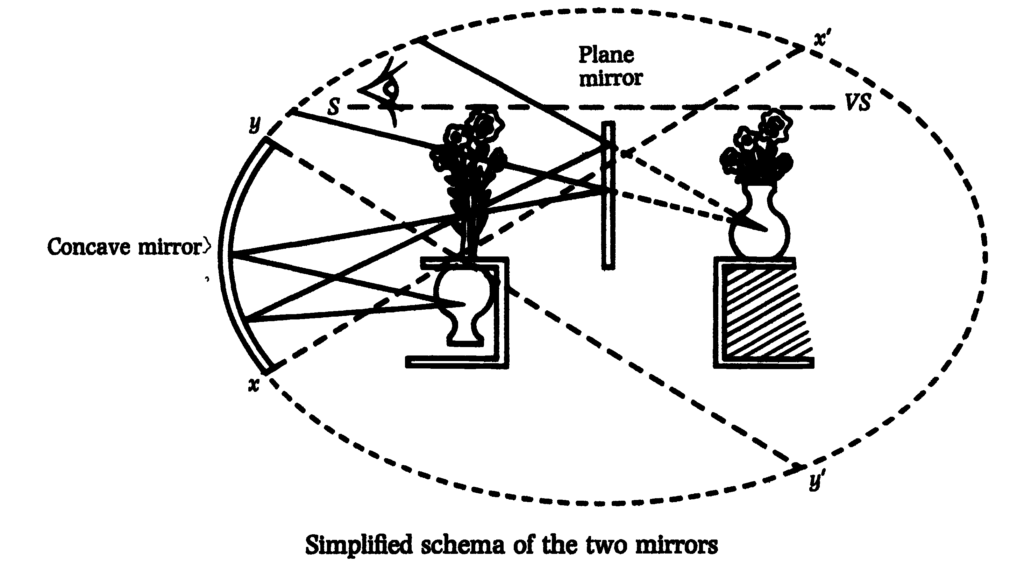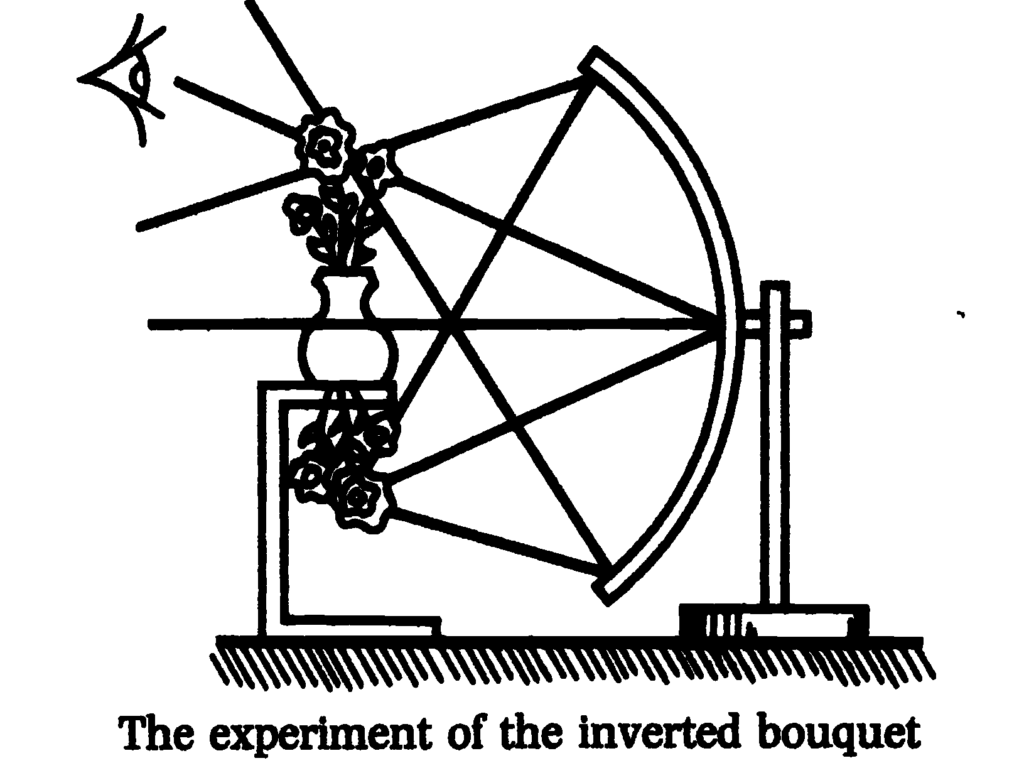I can imagine that to point out the existence of lying dreams of this kind, ‘obliging’ dreams, will arouse a positive storm of helpless indignation in some readers who call themselves ana- lysts. ‘What!’ they will exclaim, ‘the unconscious, the real centre of our mental life, the part of us that is so much nearer the divine than our poor consciousness it too can lie! Then how can we still build on the interpretations of analysis and the accuracy of our findings?’ To which one must reply that the recognition of these lying dreams does not constitute any shattering novelty. I know, indeed, that the craving of mankind for mysticism is ineradicable, and that it makes ceaseless efforts to win back for mysticism the territory it has been deprived of by The Interpretation of Dreams, but surely in the case under consideration everything is simple enough. A dream is not the ‘unconscious‘; it is the form into which a thought left over from preconscious, or even from conscious, waking life, can, thanks to the favouring of state of sleep, be recast.
Sigmund Freud, “The Psychogenesis of a Case of Homosexuality in a Woman” in The Standard Edition of the complete psychological works of Sigmund Freud – Volume XVIII (1920 – 1922), Tr. James Strachey, The Hograth Press, London,1991, p. 165
« Je peux me représenter que la référence à l’existence de tels rêves de complaisance mensongers va déchaîner, chez certains qui se donnent le nom d’analystes, une vraie tempête d’indignation irrémédiable. «Ainsi donc l’inconscient lui aussi peut mentir, ce véritable noyau de notre vie d’âme, cela même en nous qui est tellement plus proche du divin que notre misérable conscience! Comment peut-on alors faire fond sur les interprétations de l’analyse et sur l’assurance de nos connaissances?» A l’encontre de cela il doit être dit que la reconnaissance de tels rêves mensongers ne signifie pas une nouveauté bouleversante. Je sais bien que chez les hommes le besoin de mystique est inextirpable et qu’il fait d’inlassables tentatives afin de reconquérir pour la mystique le domaine qui lui a été arraché par L’interprétation du rêve, mais dans le cas qui nous occupe, tout est pourtant suffisamment simple. Le rêve n’est pas l’ «inconscient», il est la forme dans laquelle une pensée rési- duelle provenant du préconscient ou même du conscient de la vie de veille a pu, grâce aux conditions favorables de l’état de sommeil, être refondue.
Sigmund Freud, “De la psychogénèse d’un cas d’homosexualité féminine” in Œuvres Complètes, PUF, 2006, p. 255

